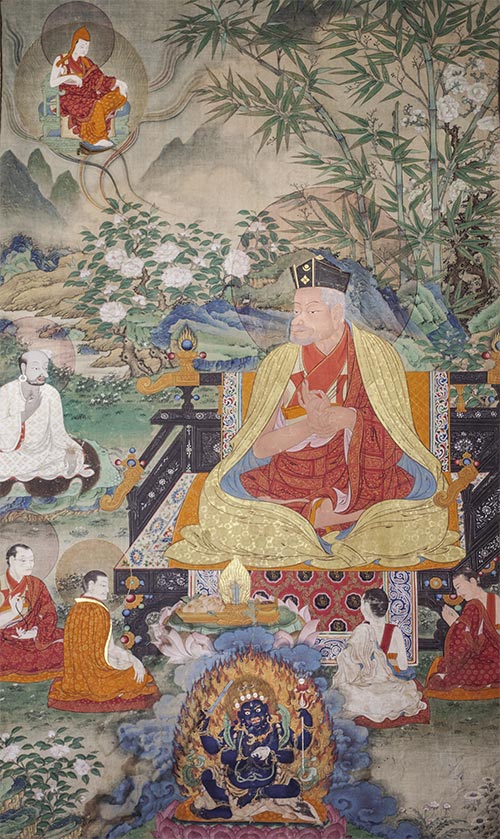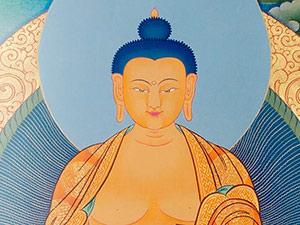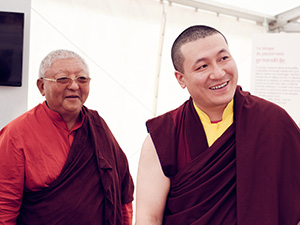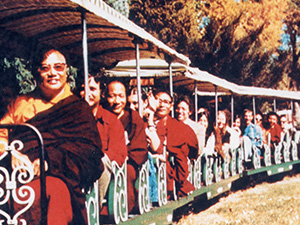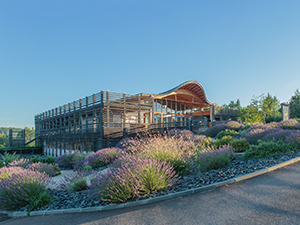The Transmission Lineages
Continuity of teaching
The Transmission Lineages
Every human being is different, and therefore Shakyamuni Buddha gave a wide variety of teachings to meet the different needs of each individual. His disciples put them into practice until they actualized them and thus became accomplished beings in their turn. After the Buddha’s death, his teachings were gradually written down during the gatherings of three councils.
Over the centuries, the Buddha’s words and methods have been passed down in India and throughout Asia from accomplished teachers to students, forming different lines of authentic transmission.
The Kagyü Tradition
From India to Tibet
Approximately one and a half millennia after the departure of Shakyamuni Buddha, Northern India was home to a large number of prominent Buddhist masters–holders of key meditation transmissions and instructions.
Among them, Tilopa (988-1069 CE), an accomplished teacher, received four specific transmissions. When introduced into Tibet, these made up the tradition known as Kagyü in Tibetan, which includes these four transmissions. Tilopa in turn passed them on to his disciple Naropa (1016-1100 CE).
Teachers, such as the yogis Saraha and Maitripa, are among the important figures who shaped the teachings transmitted within the Kagyü tradition.
These teachings first reached Tibet in the eighth century. After an interruption, a second phase of dissemination and translation took place in the eleventh century.
The Tibetan translator Marpa (1012-1097 CE) traveled to India several times and studied with Naropa and Maitripa. He brought all these transmissions back to Tibet. Having mastered them, he passed them on to his famous disciple Milarepa (1052-1135 CE) among others.
Under Milarepa’s student Gampopa (1079-1153), the Kagyü tradition branched out into several lineages, the main one being the Karma Kagyü lineage, which bears the name of its founder, the first Karmapa Dusum Khyenpa (1110-1193 CE).
“I think it is important to remember where we come from and what our roots are. We can start with our parents–whether they are our biological parents or others–who are the origin of our life. In the same way, our spiritual life began with the teachers we have met and who have guided us to this day. It is very important to know and remember this connection.”
The Karma Kagyü Lineage
The First Continuity of Reincarnated Lamas
A Heritage of Over 900 Years
As mentioned earlier, the Karma Kagyü Lineage has its roots in India and began in Tibet in the 12th century with the first Karmapa, Düsum Khyenpa. A disciple of Gampopa, he received complete instructions from the corps of the Buddha’s teachings, which he realized.
His reincarnation, the second Karmapa, Karma Pakshi (1204-1283 CE), was the first recognized reincarnated lama of Tibet.
Since then, the Karmapas have manifested themselves in an unbroken continuity of reincarnations up to the present day.
The spiritual referent of the Karma Kagyü lineage today is Thaye Dorje, His Holiness the 17th Gyalwa Karmapa.
The Sources of the Transmission
Masters of the lineage such as the third Karmapa, Rangjung Dorje (1284-1339 CE), and the eighth Karmapa, Mikyö Dorje (1507-1554 CE), made significant contributions to the creation of these collections.
The Specificity of the Teachings
Although written teachings play a crucial role, within the Karma Kagyü lineage orally transmitted teachings hold an important place. In addition, special attention is given to meditation.
The Karma Kagyü Lineage brings together the heritage of two specific traditions: the Mahamudra tradition and the Kadampa tradition. Mahamudra, or Great Seal, is the direct understanding of the nature of mind. It is the highest meditative training. The gradual path of the Kadampa teachings can be traced back to the Indian Buddhist master Atisha (980-1054 CE) and incorporates the practice of mind training (Tib: lojong) from the Great Vehicle.
Sources : Text – karmapa.org | Header image – Dhagpo Kundreul Ling.





